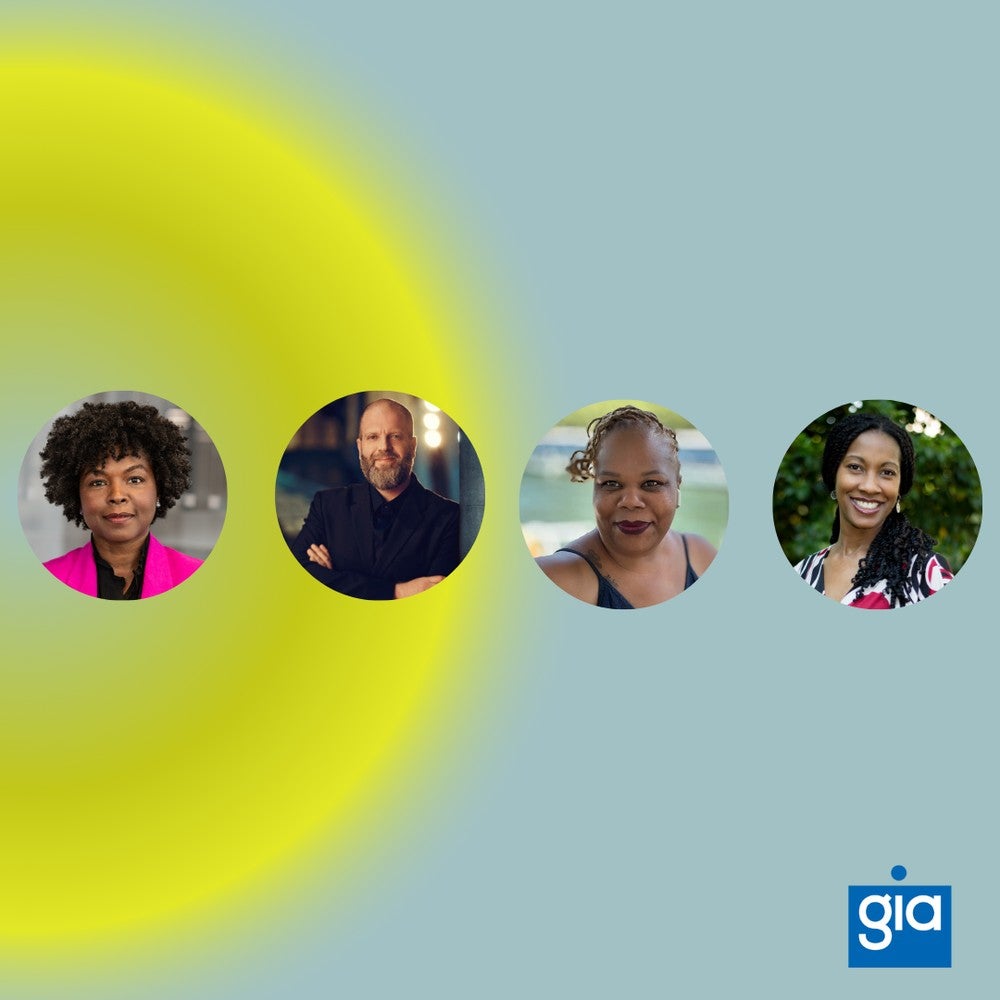There is still time (deadline is midnight Friday, August 20!) to submit your brief expression of interest to the Wallace Foundation for our Arts Open Call. As we’ve been meeting with and learning from many arts organizations of color, some of the same questions have come up frequently, so today we’re going to answer a few of the most common ones.
One thing to keep in mind is that in addition to funding grantees for their direct benefit, Wallace initiatives are also designed to benefit the field by sharing lessons from grantees. Also to recap, this is the guiding question of the new initiative: “When facing strategic challenges, how can and do arts organizations of color leverage their experience and histories of community orientation to increase their resilience, while sustaining their relevance?”
1. In the application you ask about our “strategic challenge.” What do you mean by that? How should I respond in 150 words?
As with all of Wallace’s initiatives, this one will follow our dual strategy of supporting grantees while developing lessons that can benefit the broader field. For this initiative specifically, we’re interested in learning what kinds of challenges and community orientation practices arts organizations of color are most interested in learning about. So, it's difficult for us to give one concrete example of a strategic challenge.
If you are having a hard time choosing which challenge to focus on, describe the one (or two) that you feel are important for your organization and that you’d really like to explore and learn more about over the five years of this initiative.
You can find several examples of strategic challenges expressed by organizations of color in this study by SMU DataArts we commissioned and published earlier in the year. A few challenges stated in the report are:
...racism, gentrification, and lack of access to funding, which some see as elements of white supremacy culture. Interviewees noted that when organizations of color seek to grow and serve low-income communities, their ability to expand is inhibited by a participant base that does not have the means itself to generate substantial earned revenue and individual contributions, and by lack of access to corporate and foundation funding at levels equitable to those provided to their peers that do not primarily serve communities of color. The absence of an engine for revenue growth appears to perpetuate critical organizational capacity shortages reflected in burnout, low wages, and insufficient staffing, particularly in the administrative areas that generate revenue. It also limits the number of people that can be served.
These examples are in no way meant to limit your own thinking.
2. What kind of responses are you looking for? What’s most compelling for Wallace?
Sometimes it's easier to say what we’re not looking for. You don’t need to “copy/paste” information from your website about your strengths and successes. You also don’t need to show that your project ideas are fully buttoned up. We know a lot can change—especially now—but the strategic challenge, your mission and vision, and the value we place on learning are constants. So, at this point, we don’t need project details. It’s important to think about the kinds of challenges you’re facing and how your roots in the community are and could help you surmount them.
3. The open call eligibility (for the first of two cohorts) is for organizations with budgets between $500,000 and $5 million. What if my budget is smaller than $500,000?
In our previous arts initiative, the budget threshold was one million dollars. We thought about the ways that we’d have to work differently so that we could lower the budget threshold. We are therefore starting with the first cohort of 10 to 12 organizations with annual budgets starting at $500,000 and capped at $5 million.
Of course, we know that the majority of arts organizations of color fall below annual budgets of $500,000. This is why we will be funding a second, larger cohort of organizations with budget sizes under $500,000. There is a lot that we need to learn to design this second cohort, which we expect to begin in late 2022.
4. Why did you add the four U.S. territories, in addition to Puerto Rico?
We have expanded the list of eligible U.S. territories in response to an inquiry from a group of arts organizations, artists and arts workers. It was an oversight on our part, and we are glad it was brought to our attention so that we could correct it before the deadline.
American Samoa, the Northern Mariana Islands, the U.S. Virgin Islands, and Guåhan (Guam), are now eligible, along with Puerto Rico, the 50 states and the District of Columbia.
5. Why is Wallace doing this initiative, and why now?
Wallace funds the arts in large part due to our founder Lila Acheson’s passion to ensure that “the arts belong to everyonel.” There are a wealth of arts and culture organizations founded by and for a diversity of people, including for specific racial and ethnic communities in the U.S., and they already have a strong community orientation that is an integral part of their success.
This initiative—with its five-year investment for planning, project support, cohort learning and research—is one step toward highlighting and building upon the strengths, assets and work of organizations of color, while adding to the research and knowledge base about them, which at this point is relatively slim. That’s why we’re also seeking researchers who have experience working with organizations of color to study and document the initiative. Our hope is that the resulting lessons on the links between community orientation, relevance and resilience will be useful not only to other arts organizations of color, but to the broader field of the non-profit arts.
Still have questions? Feel free to shoot us an email.




